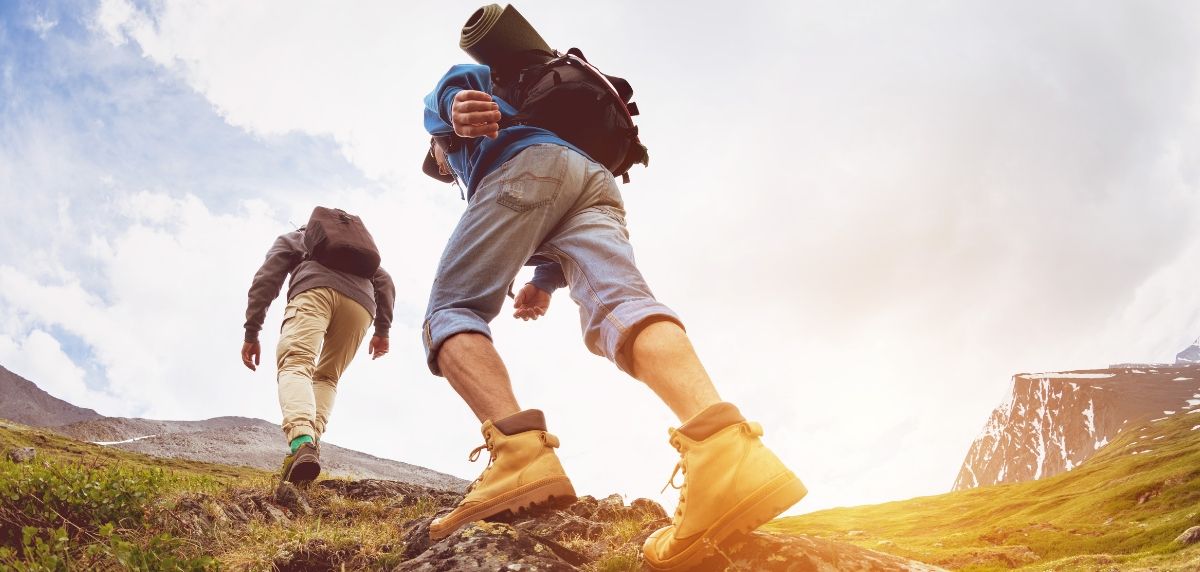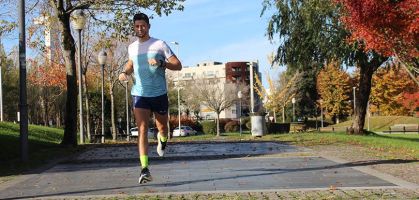In this article we want you to discover a sport discipline that you may not know, we are referring to Rucking, which can bring us great benefits in our preparation for mountain races or simply enjoy trekking excursions in good company.
To begin with, we have to explain what is rucking and what it consists of. Rucking basically consists of walking, generally in the mountains, with weight on the back, and it has more and more followers all over the world.
The term comes from the English/German word rucksack and has its origin in the training of the military who trained long distances walking with all the necessary equipment carried in a backpack on their backs.
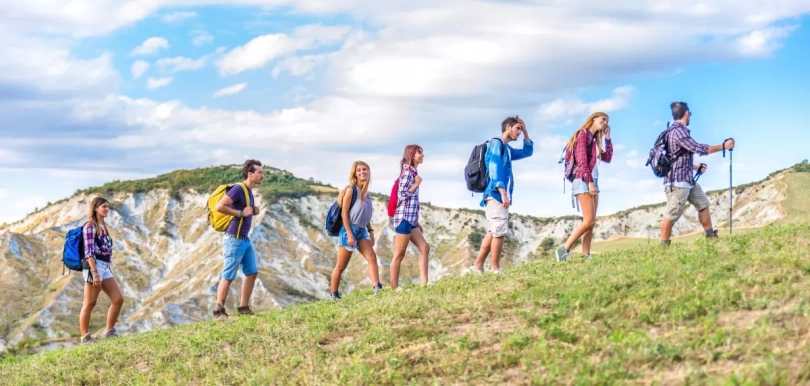
In fact, rucking has been practiced almost since the existence of human beings, when they went out to hunt for food, once they hunted the prey, they carried them on their backs for long distances until they reached their camps.
Therefore, we are not facing a new or modern sport discipline, but it has always been done and allows us to practice sport in a simple and very complete way because it does not require a great physical preparation as other sports.
How can rucking help us in our training?
It is becoming more and more common, not only in elite runners, but also in popular runners, to cross train in order to improve our preparation and objectives when running in the mountains.
In winter you can practice cross-country skiing and, in warmer seasons, such as spring or summer, it is common to practice swimming, cycling and other disciplines such as rollerskiing with which we maintain our fitness but avoiding excessive impact with the surface.
The rucking can be easily added to this list of sports to complete our sports training and also we will do it in a natural environment which is always more beneficial than doing sport in an urban environment.
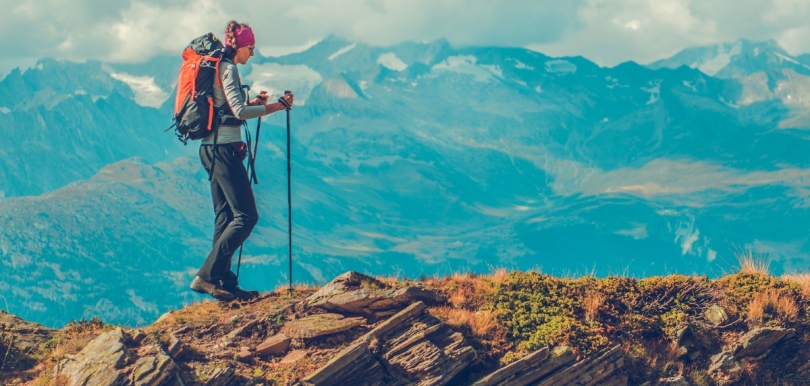
Do we need a special backpack?
No, not at all, we can use any type of backpack, but depending on our objectives and our fitness level we will need a more specific one. In fact, there are companies that sell special backpacks for rucking, but you can use any one of them.
It is advisable to start with little weight. It is estimated, according to some studies, that it is advisable to start carrying 10% of our weight on our back and gradually increase the distance and the weight we carry in the backpack.
As we increase the weight, we have to distribute it in a correct way inside the backpack to avoid injury or strain more than necessary any of our body parts. The heaviest material must be centered in the backpack and distributed evenly to avoid overloading.
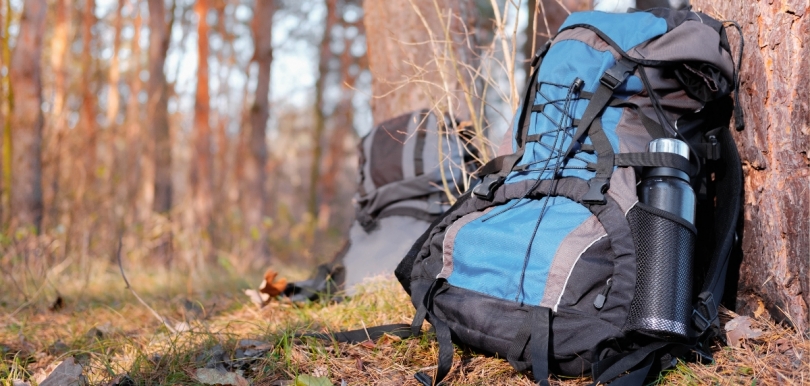
Backpacks with reinforcements in the lumbar zone or in the shoulders, with padded straps and a strap in the waist are the most advisable at the time of practicing rucking and even more if, little by little, we are increasing the weight during our walks along the mountain.
For the practice of rucking it is more than advisable to use mountain or trekking backpacks than the vests or small hydration backpacks that we use for running in the mountains, since we have more space and they offer us greater protections that will help us to maintain a better posture of the back.
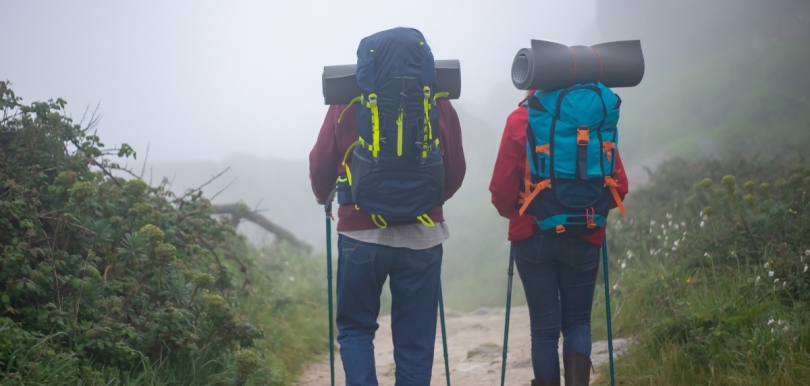
What are the benefits of rucking?
There are many benefits that can bring us to practice rucking, either to improve our goals running on asphalt or mountain, in addition, we can practice it during all seasons of the year. Here are some of the most important benefits.
- We work practically the whole body: from the legs to walk, but also shoulders, lower back and our core (abdominals) also we have to work in coordination to support the weight of the backpack and maintain balance while walking, regardless of whether they are short or long distances.
- Low impact on the joints: walking in the mountains does not have the same impact on our joints (especially the knees and ankles) as walking on the asphalt of the city and, having a lower pace than we would have if we run in the mountains, the joints suffer less in addition to enjoying a better recovery.
- We burn fat and calories: according to studies, it is estimated that if we walk at a leisurely pace for 30 minutes we burn about 125 calories, on the other hand, if we practice rucking the calories we burn in the same time interval are increased, being approximately 325 calories, with the benefits that this entails.
- We work the cardio: in spite of doing it at a lower intensity than if we do an intense running training, we are carrying out an important aerobic activity without the need to run, since we combine the strength of the weight of the backpack with the work of the heart to walk through the mountain.
- Mental health and socialization: it is an activity designed to be done in company, although obviously, it can also be practiced alone. The fact of sharing good habits, in company and in natural environments, benefits our mental health, helps reduce our stress and facilitates socialization while practicing sport.
Now that we know a little more about this sport, it's time to get into action, take our backpack, load it properly according to our possibilities and go out to enjoy the natural environment.
Read more news about: Running Training
